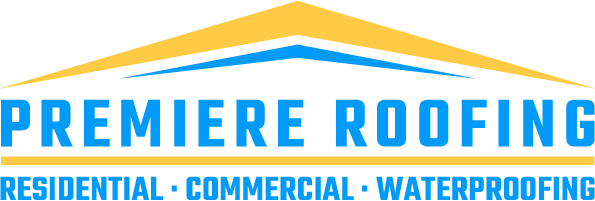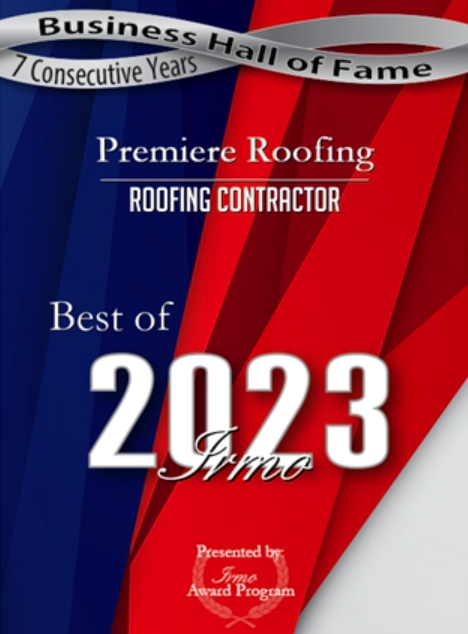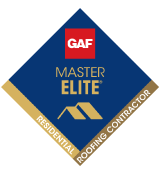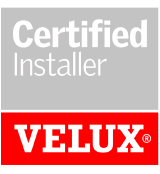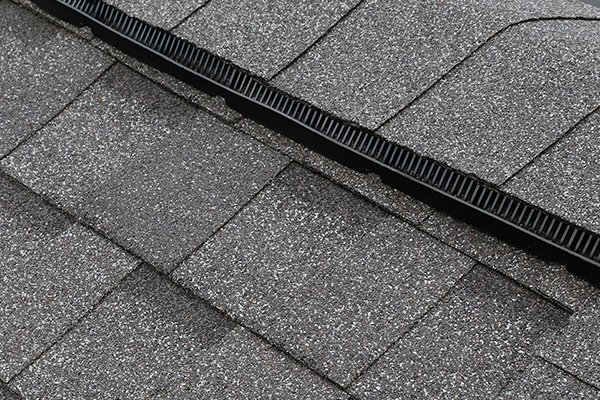 Your residential roof is your home’s primary defense against the elements, and roof ventilation is a critical component of a strong, long-lasting roof. Therefore, if you think your home may be showing the signs of poor roof ventilation, it’s imperative to take the necessary steps to protect your roofing investment.
Your residential roof is your home’s primary defense against the elements, and roof ventilation is a critical component of a strong, long-lasting roof. Therefore, if you think your home may be showing the signs of poor roof ventilation, it’s imperative to take the necessary steps to protect your roofing investment.
What Is Roof Ventilation?
Roof ventilation is the system of intake vents and exhaust vents, providing air circulation to moderate the temperature and moisture conditions in your roof space or attic. The goal of ventilation is to keep the area from experiencing extreme temperatures that can increase the risk of condensation, mold growth, and damage to the roofing components.
Signs of Poor Roof Ventilation and Solutions
If you notice visible moisture damage on your roof or home exterior, the shingles are falling off, or the roof decking is rotting, you may have a ventilation problem. Other common signs of insufficient roof ventilation include:
- Inability to maintain cool temperatures in the home
- Moisture in the attic
- Ice buildup or dams in the winter
- Excess moisture inside the home
What can you do if you notice these signs? Having proper roof ventilation can help you avoid costly problems. Roof ventilation types include roof ventilation fans, roof vents, and wind turbines. Professional roofing companies can also customize a roofing ventilation system to meet the unique needs of your property and extend your roof’s lifespan.
Reach out to the team of experts at Premiere Roofing to schedule a free inspection of your roof vents to assess your roof ventilation needs.

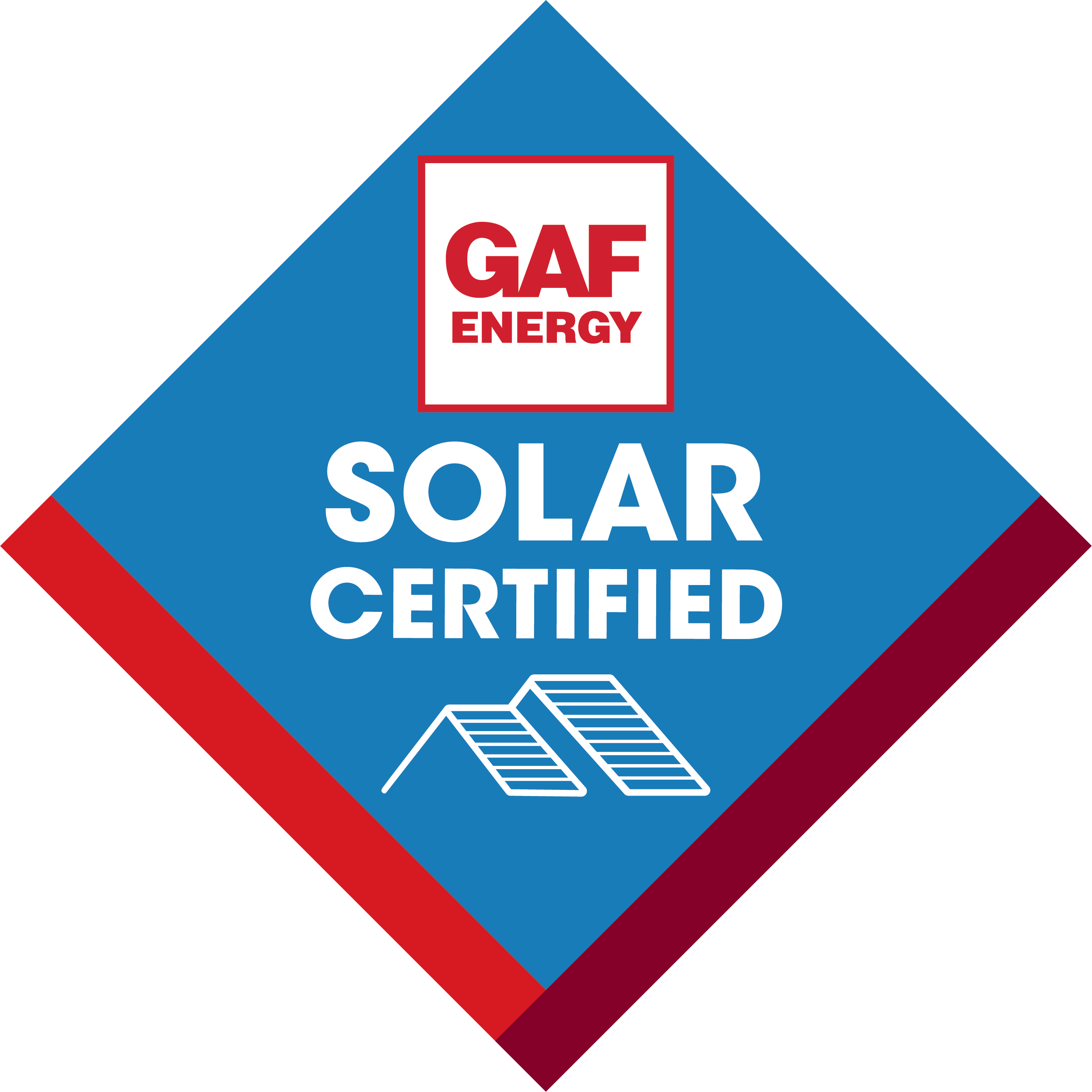

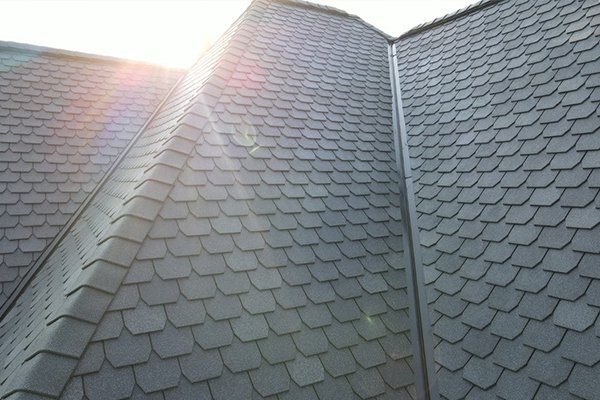 If you live in a hot, sunny climate and are considering a residential roof replacement, choosing the
If you live in a hot, sunny climate and are considering a residential roof replacement, choosing the 